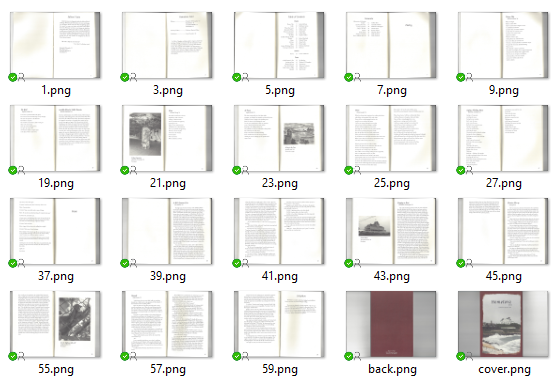“In 1946 a ‘doughty seedling poked its vigorous head’ into the Regis College Community with the emergence of the new literary magazine Hemetera, meaning ‘Our Own’ in Greek. The magazine was founded as an opportunity to spotlight the creative talents of the student body. Published annually by the students of Regis College, the magazine welcomes submissions of poetry, prose, artwork, and photography”
Hemetera
This brief description has appeared in at least twelve editions of the literary journal Hemetera, appearing as early as the 2007 edition and being included in every edition up to 2018. It is an accurate description of the publication, which is edited and contributed to by Regis College students. However, despite being “our own” publication at Regis, many editions are not easily accessible by students; old editions of the publication are stored at the Regis Archives, but these copies are non-circulating and require special permission to access. Today, the seventy-five year history of the publication is unknown to many students, resulting in a large gap in the school’s literary history.
That’s why we’re proud to announce Hemetera: Your Life, Our Story, a Digital Humanities project created by Jacob Pardo and Katherine Colglazier. This project seeks to digitize and transcribe the entire history of Hemetera, making old editions of the publication far more accessible to the student body. As well as contributing to Regis’s history, this project will aid further research by providing a source of transcribed literature, making future text analysis of the journal possible.
The initial version of the project contains 14 editions of the publication, ranging from 2007 to 2020. These editions were borrowed with special permission from the University Archivist Justyna Szulc-Maziarz, and scanned manually using a flatbed scanner (with the exception of the 2020 edition, for which we had access to the digital master). The scanned images were collated and converted into easily readable PDFs. With the help of Jonathan Fitzgerald (Hemetera’s faculty advisor), these editions underwent optical character recognition and now contain embedded digital text. These documents were then uploaded to an Omeka-based website, where the documents and digital text can be browsed and downloaded.

Currently, our data exists in the form of the fourteen transcribed editions of Hemetera hosted on the Omeka site. The available texts will help to aid future analysis, such as that planned by Katherine Colglazier. In the future, we hope to include even more of the publication’s history, going back seventy-five years to the initial 1946 edition. However, even with only fourteen years available, there are interesting discoveries to be made. For example, I was not aware of the “doughty seedling” description before starting this project, despite it being included in the publication for over ten years. Additionally, there would have been no way to know that the 2008 edition is the only one to have evenly-numbered pages to the right, at least out of the fourteen editions that are available. Based on these findings, the historical value of the publication, and the accessibility afforded by the project, it is clear that this archival work is important and needs to be continued. Remember to watch for future updates, and please enjoy the editions which are currently hosted! You can find the project here.
You can read the full project proposal here: